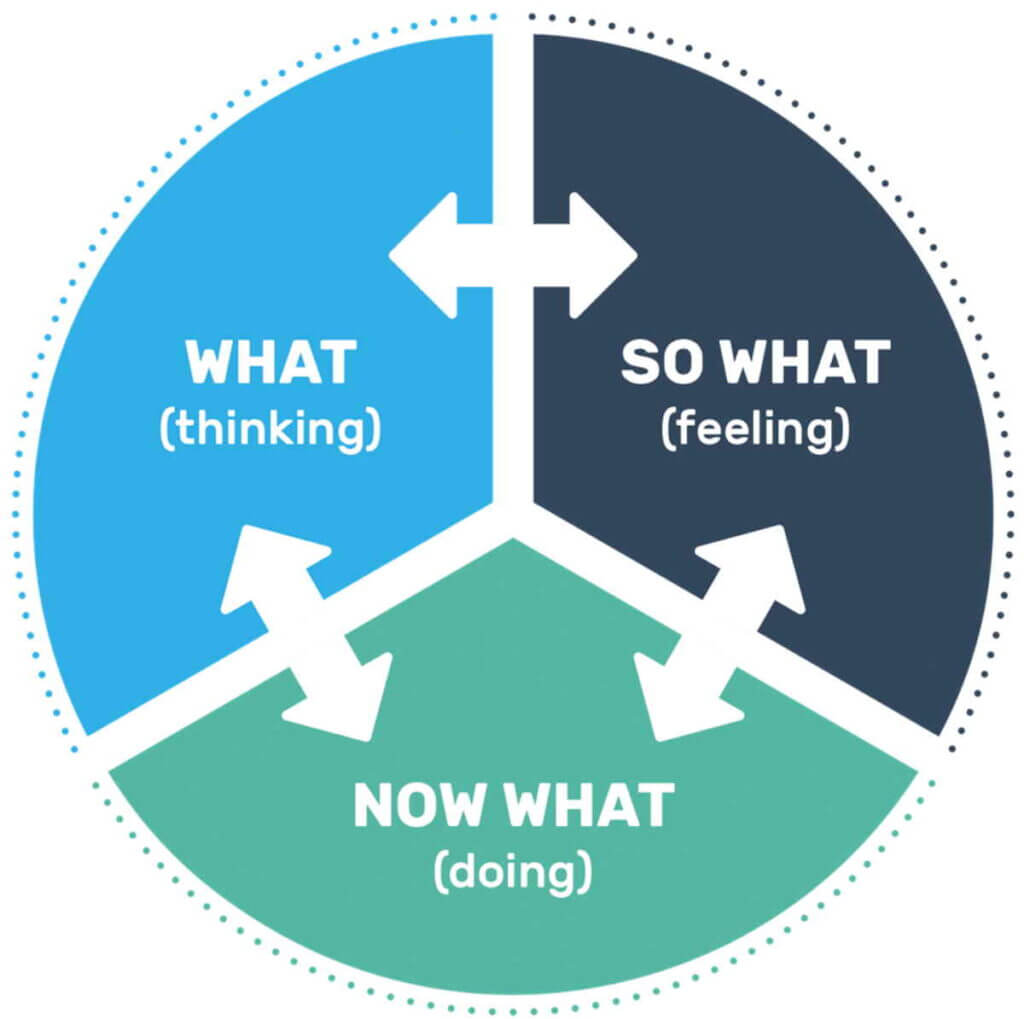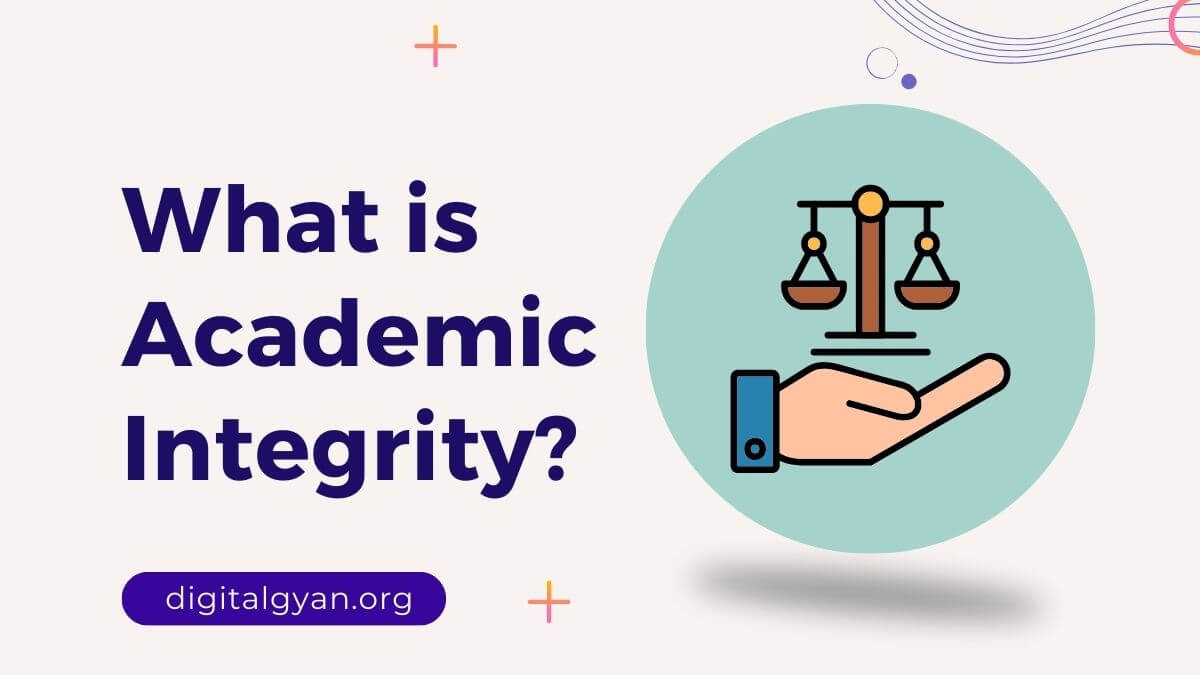Driscoll’s Model of Reflection Explained With Example
A reflection is a vital tool for learning from experiences and improving our future actions. It allows us to analyse and evaluate our thoughts, feelings, and behaviours, providing insights that can help us grow and develop.
Driscoll’s Model of Reflection is a structured approach to reflection that can be used to enhance our learning and personal development.
The model is especially beneficial in educational and professional settings, but its simplicity makes it applicable to various real life.
In this blog post, we will explore the three stages of Driscoll’s Model of reflection and how it can be applied to different experiences.
The Three Stages of Driscoll’s Model of Reflection
Driscoll’s Model focuses on three key questions that guide you through a structured reflection process:
- What? – Describe the experience.
- So what?– Analyze the experience.
- Now what? – Plan for the future based on your learnings.

Stage 1: What – What happened?
The first stage of Driscoll’s Model of Reflection is to describe the situation or experience in detail. This includes what happened, where and when it occurred, and who was involved. The goal of this stage is to provide a clear and objective account of the experience.
In this stage, it is essential to reflect on both the positive and negative aspects of the experience. This allows us to gain a deeper understanding of the situation and identify areas for improvement.
For example, let’s say you recently completed a group project for your class, and it did not go as well as you had hoped. In this stage, you would describe the project, including the roles and responsibilities of each group member, the goals of the project, and the outcomes.
Stage 2: So What? – What were you thinking and feeling?
The second stage of Driscoll’s Model of Reflection is to reflect on your thoughts and emotions during the experience. This includes identifying any assumptions or beliefs that may have influenced your actions or reactions. The goal of this stage is to gain a deeper understanding of your internal processes and how they relate to the experience.
In this stage, it is essential to be honest with yourself and reflect on both positive and negative emotions. This allows you to acknowledge and process your emotions, leading to a better understanding of yourself and your reactions.
Continuing with our previous example, in this stage, you would reflect on your thoughts and emotions during the group project. This may include feelings of frustration or disappointment, thoughts about the group’s dynamics or individual contributions, and any assumptions or beliefs you may have had about the project.
Stage 3: Now What? – What sense can you make of the situation?
The third and final stage of Driscoll’s Model of Reflection prompts an action stage. This includes identifying what you have learned from the experience and how you can apply this knowledge in the future. The goal of this stage is to use reflection to enhance your learning and personal development.
In this stage, it is important to focus on actionable insights and identify specific steps you can take to improve your future actions.
Returning to our group project example, in this stage, you would evaluate the experience and identify what you have learned. This may include recognising the importance of clear communication and setting expectations, identifying the strengths and weaknesses of the group members, and considering alternative approaches for future group projects.
Benefits of Using Driscoll’s Model of Reflection
Using Driscoll’s Model of Reflection can provide several benefits, including:
- Enhanced learning: Reflection allows you to learn from your experiences, identifying areas for improvement and developing strategies for future success.
- Increased self-awareness: Reflection can help you develop a deeper understanding of your thoughts, emotions, and behaviors, leading to increased self-awareness and personal growth.
- Improved decision-making: Reflection can help you make better decisions by providing insights into your decision-making processes and identifying potential biases or assumptions.
- Better relationships: Reflection can improve relationships by helping you understand and communicate your thoughts and emotions more effectively.
Conclusion
Driscoll’s Model of Reflection is a powerful tool for learning from experiences and improving personal and professional development. By following the three stages of the model, you can gain insights into your thoughts, emotions, and behaviours, leading to increased self-awareness and personal growth. Reflection requires time and effort, but the benefits are worth it, including enhanced learning, improved decision-making, and better relationships.

